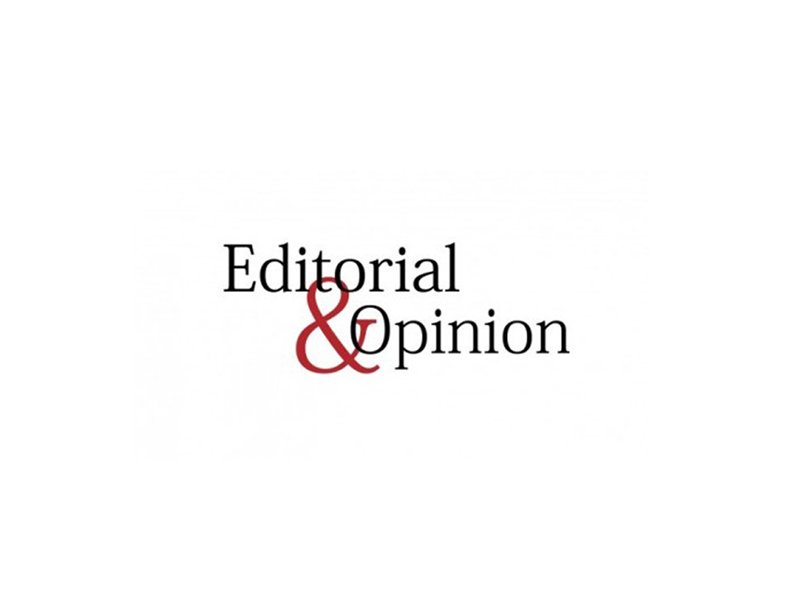
These allegations, however, are not all based on the truth, with the provincial government implementing extensive health and education sector reform agendas, commonly known as ‘road maps’. The spirit of these road maps could be witnessed in long-drawn sessions, referred to as ‘stock-takes’, on issues like education and health, chaired by none other than the chief minister himself and well-attended by a large audience. Various performance indicators are reviewed quarterly, covering aspects like overall functionality of public facilities, absence of staff, provision of stipends and free textbooks to students in case of education or availability of medicines in case of health, etc. Vast amount of data is collected to track these indicators and then turned into district-wise ranking to identify high achievers and poor performers. The information fed into elaborate dashboards is collected through hundreds of monitors, visiting field establishments like schools, basic health units and rural health centres, who punch their reports, mostly on android-based phones. Officials are often grilled for any consistent ‘red lights’, depicting problem areas on a traffic lights pattern, and have known to meticulously plan ahead of time for these ‘stock-takes’ and bridge the gaps.
This idea was pioneered in Pakistan by Sir Michael Barber, a leading British educationist. His management technique, commonly termed as ‘deliverology’, is based on first understanding the service delivery chain from top to bottom and then establishing a small team in a central delivery unit, gathering performance data to set targets and then tracking them periodically.
Besides making headway, during the last couple of years, in selected areas such as positively impacting staff attendance and improving infrastructure, the model has, more importantly, set an unprecedented example of evidence-based decision-making in Punjab, with civil servants now getting used to reviewing data before prescribing a solution. However, despite these improvements, all ‘green lights’ on a road map do not necessarily depict a rosy picture on the ground, as experienced by citizens. Malfunctioning of medical equipment, non-availability of medicines, mistreatment of patients, poor school infrastructure and ignorance of teachers, etc. are often highlighted in the news with frequent public complaints about poor quality of service delivery. With a few exceptions, public schools and health facilities remain a distant second choice for anybody who can afford an alternative.
The road map approach, it seems, only offers a partial solution to a complex set of challenges. The targets set often focus on short-term results and do not necessarily have a direct link with quality of services provided. For instance, ensuring the presence of doctors and teachers, while marking the first step towards improving social service delivery, does not essentially result in children getting quality education or patients getting satisfactory medical treatment. At a more tactical level, quality and relevance of data being collected pose another critical challenge. Not only have there been cases of misreporting of data, the choice of indicators itself sometimes creates perverse incentives. For instance, if an indicator tracks the number of patients treated, the public health facility may dispose of a patient hastily without providing adequate care to improve numbers. Conversely, a focus on hospital occupancy may result in excessive treatment and undue admissions putting a burden on the public exchequer. Tracking availability of medicines may itself become an impediment to dispensing, for the fear of losing thin inventories and so on. Furthermore, besides these reforms, the government virtually has no performance-based culture in education and health sectors or beyond, creating an anomaly. While the road maps aim at tracking performance of doctors, teachers and paramedics, their promotions and salaries are still being managed through routine, seniority-based criteria with fixed salary increments.
There is a need to institutionalise such efforts within the existing government departments and to adopt alternative approaches such as social accountability to address some of these challenges. At an operational level, there is a need for careful choice of performance indicators and triangulation of data to prevent misreporting or else the actual reform may get lost in this massive pile of data. Furthermore, these road maps should not be considered a substitute for more meaningful structural reforms to improve the state’s capacity to better serve citizens.
Perhaps the government has also realised such limitations and is now looking for alternatives to create a difference. The Doctors Convention held last month led to a number of important decisions by the provincial government ranging from financial autonomy of hospitals to incentives for healthcare staff and from lifting the age-limit bar for doctors to the establishment of the Punjab Healthcare Council. Similarly, in the education sector the government is now in the process of handing over 5,000 low-performing schools to private partners in the hope of better management of these facilities.
With the 2018 elections in sight, however, the government is running out of time for experimentation and critics look at these successive reforms as hit-and-trial efforts rather than a diagnostics-based coherent approach. With no formal education or health policies in Punjab, the future direction remains unclear and there is a need to clearly articulate priorities in these sectors. Any short-term measures should therefore be complemented through medium-term reforms geared towards improving the quality of social services and making these facilities the preferred choices for the public. The ultimate litmus test for any education or health sector reform would be the use of these facilities by those in the power corridors themselves.
Published in The Express Tribune, August 10th, 2016.
Like Opinion & Editorial on Facebook, follow @ETOpEd on Twitter to receive all updates on all our daily pieces.



































COMMENTS
Comments are moderated and generally will be posted if they are on-topic and not abusive.
For more information, please see our Comments FAQ